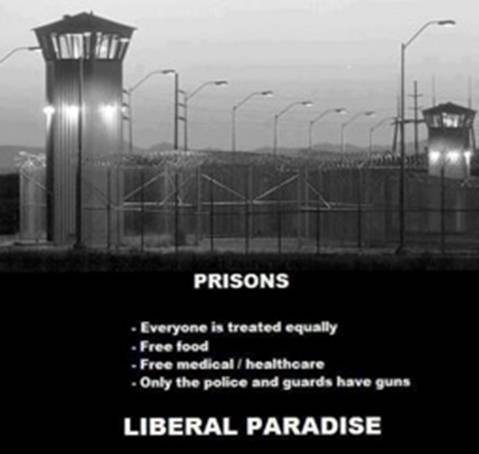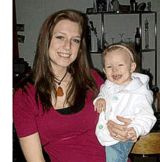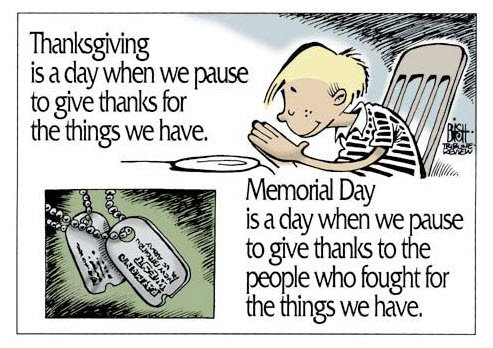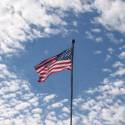The lovely gekko uses the story of the [broken] teacup to illustrate the transience of friendships, but I have a different viewpoint.
In the story of the glass or teacup, Ajahn Chah points to a glass at his side. “Do you see this glass?” he asked. “I love this glass. It holds the water admirably. When the sun shines on it, it reflects the light beautifully. When I tap it, it has a lovely ring. Yet for me, this glass is already broken. When the wind knocks it over or my elbow knocks it off the shelf and it falls to the ground and shatters, I say, ‘Of course.’ But when I understand that this glass is already broken, every minute with it is precious.”
I know a lot of people. A lot more people probably know me.
- I was the voice of the Maple Festival, on stage in front of 50,000.
- I chair an arts council with very public events.
- I was the elected School Moderator at Town Meeting in my Vermont Town for a decade.
- I had a TV interview show for six years.
- I have a fairly extensive Internoodle presence.
And more. All those folks I’ve met are very friendly but maybe not close friends.
The peeps who see me at concerts, on stage, on television, in the grocery story may very well see me as “the already broken glass” of relationships, but that’s because they are acquaintances. I prefer the story of the teacup that I caught before it shattered, the teacup I cared for and groomed, the teacup that can last forever. My bone china teacup holds the water admirably. When the sun shines on it, it reflects the light beautifully. When I tap it, it has a lovely ring. And it can last forever.

“You are also a hoarder,” Liz Arden noted. “You would never throw away the body.”
I do have Quaker roots but I wouldn’t keep it after the stink set in.
I ran into some old friends, the kind who carry shovels in the trunk. One was our flag marshal from my racing days, a man I hadn’t seen for a quarter century. We picked up the conversation we had interrupted at Bridgehampton and haven’t stopped yattering since. I can call Tom an old friend because he is so much older than I. Likewise, one of my college roommates shanghaied me for our reunion last year. All four of us who shared a fourth-floor, cold water, walk-up in downtown Hoboken were there. I’m not sure we’d really use shovels anymore — digging a hole that size by hand is hard work when there are backhoes around — but there’s no question that I’d trailer in the hoe if any of them called.
Those guys are the exception. Lucky, I am.
“Many adults find it hard to develop new friendships or keep up existing friendships,” says the Mayo Clinic. “Friendships may take a back seat to other priorities, such as work or caring for children or aging parents. You and your friends may have grown apart due to changes in your lives or interests. Or maybe you’ve moved to a new community and haven’t yet found a way to meet people. Developing and maintaining good friendships takes effort.”
Friendship takes work.
The teacup story is a far better tale than the broken glass because the teacup has pathos averted, a lesson in maintenance, and a very bright future.
My friend Rufus and I live 400 miles apart. Tom is 1,200 miles away. Gekko and I average 2,000 miles. That means we don’t go to many ball games together; we haven’t worked side by side under the hood of a car for years. We remain besties not only because we have a bond but also because we work at it with cards and calls, email and Skype, and occasional visits. With or without the excavator.
Still, it would be nice to be physically closer. I’ll keep looking.
“It’s never too late to build new friendships or reconnect with old friends,” the Mayo Clinic reminds us. “Investing time in … strengthening your friendships can pay off in better health and a brighter outlook for years to come.”
Exactly. It’s more important to keep the teacup from breaking than to expect to see the broken shards on the floor.
A friend may well be reckoned a masterpiece of nature.
-Ralph Waldo Emerson
It’s more satisfying to dig a ditch with friends
than to design a skyscraper with a team of sociopaths.
A good friend will come and bail you out of jail
A really good friend will be sitting next to you saying,
“Damn…that was fun!”
Jerry said we don’t tend to the friendships in our lives
I’ve spent perhaps most of my adult life talking to strangers
Why don’t people take more time to talk to the ones we love?
–Alan Shore
A man’s never so rich as he is with friendship.
-Denny Crane
Keep only cheerful friends.
The grouches pull you down.
In the End, we will remember not the words of our enemies,
but the silence of our friends.
–Martin Luther King Jr.


 85 Dollars.
85 Dollars.
 The American flag today should first be raised to the top of the flagpole for a moment, then lowered to the half-staff position where it will remain until Noon. The flag should be raised to the peak at Noon for the remainder of Memorial Day.
The American flag today should first be raised to the top of the flagpole for a moment, then lowered to the half-staff position where it will remain until Noon. The flag should be raised to the peak at Noon for the remainder of Memorial Day.